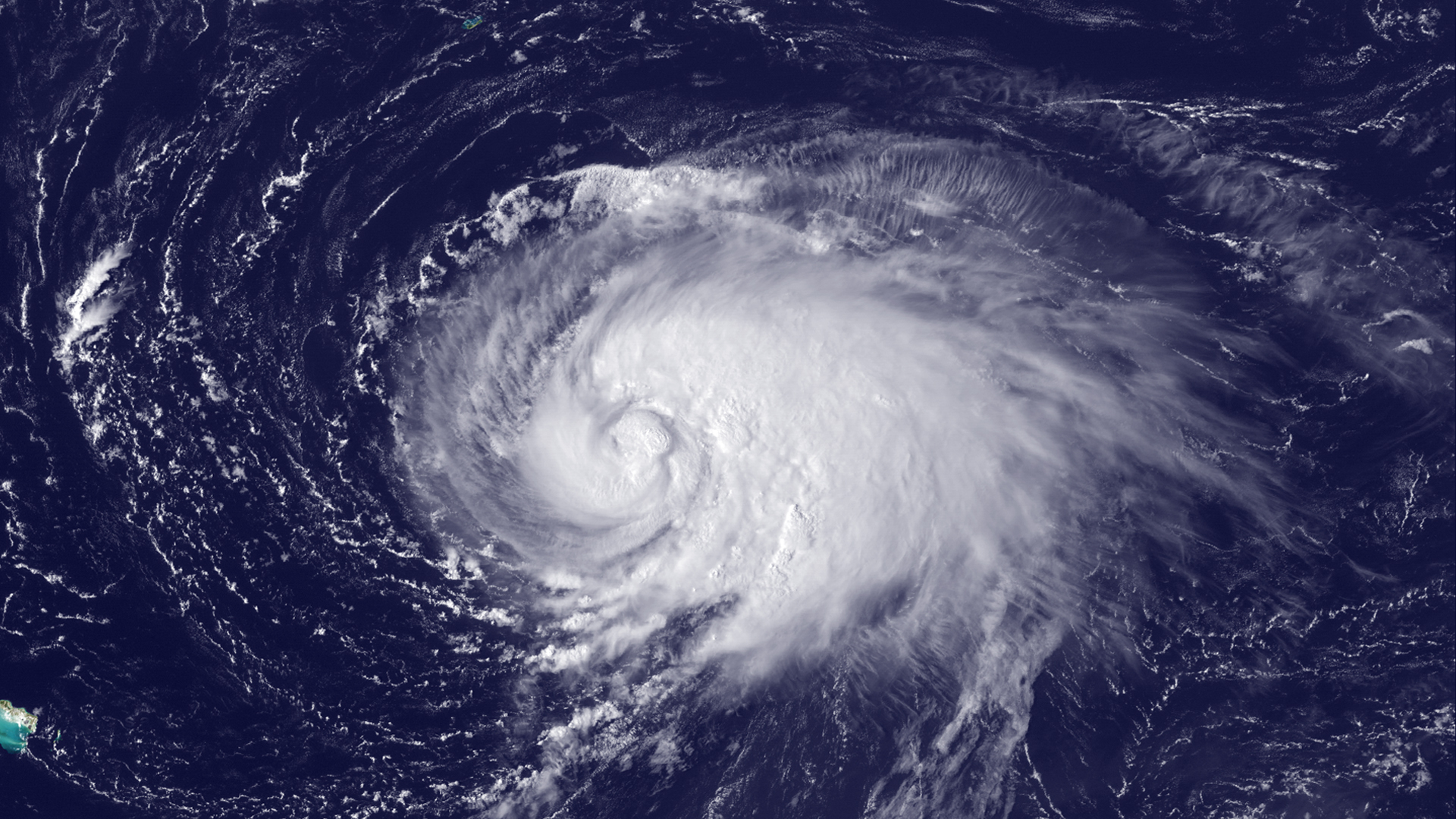Destructive mega-hurricanes like Katrina, Rita and Wilma should really roughen up the ocean’s surface, one would think. Well, think again.
Waves as high as 30 meters and wind speeds of 300 kilometers per hour or more; the low-altitude flights the ‘hurricane hunters’ of the US oceanographic research institute NOAA made during the 1960s and 70s must have been a heck of an adventure.
For decades the footage these researchers shot stayed on shelves collecting dust. But now their courage is finally paying off. Dr. Leo Holthuijsen and Prof. Julie Pietrzak of the environmental fluid mechanics section (CEG faculty) and NOAA meteorologist Dr. Mark Powell analyzed the footage together with wind data gathered from instruments that were dropped into storms, and arrived at rather remarkable conclusions.
When wind speeds reach a velocity of about 300 kilometers per hour, at certain places the ocean’s surface becomes extremely smooth. The traditional view was that the white capping and aero-dynamical surface roughness increase with wind speed up to a liming value. But, as it turns out, the roughness reduces to virtually zero.
Aerodynamically speaking, that is. The waves can easily measure 20 to 30 meters. “But they are covered by a blanket of foam and the wind just jumps over them,” Holthuijsen says.
The scientists, who published their findings earlier this month in the Journal of Geophysical Research, now want to use their new insights to improve wave and storm surge models.
Leo Holthuijsen et. al.: Wind and waves in extreme hurricanes, Journal of Geophysical Research, 1 September 2012



Comments are closed.